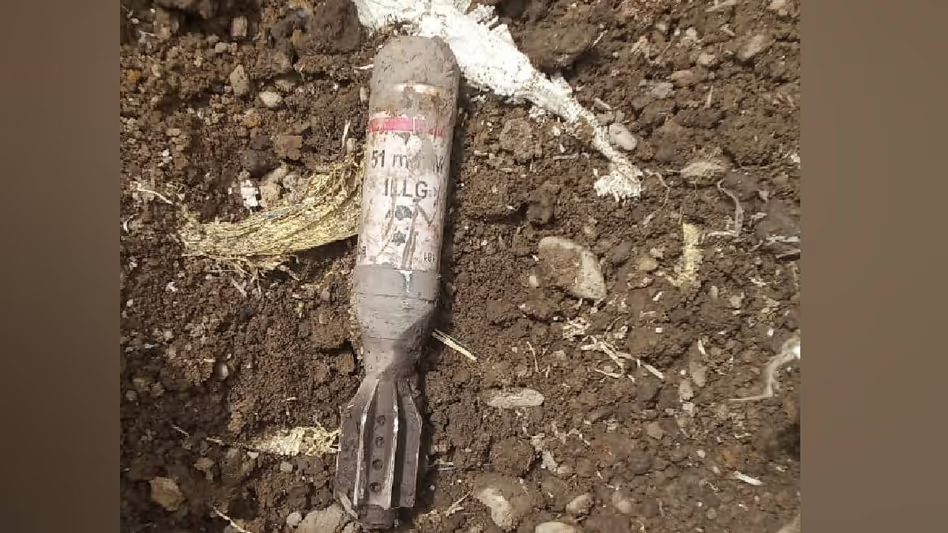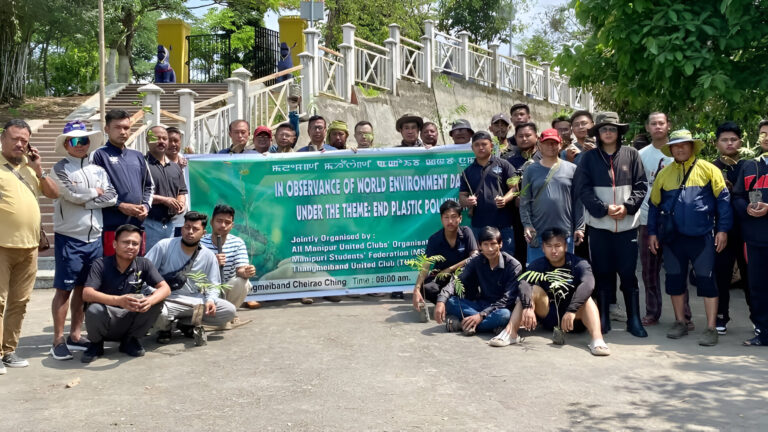Manipur Bomb Discovery: How Authorities Defused a Major Threat in Bishnupur
Short Summary
Security forces in Manipur’s Bishnupur district discovered and safely neutralized a 51 mm improvised explosive device (IED) near Moirang Police Station in Terakhongshangbi Maning Laithel, Bishnupur district. The operation took place on June 29, 2025, and splinter fragments were collected for forensic analysis. A formal investigation has been launched to trace those responsible for planting the explosive
Introduction: What Happened and Why It Matters
Ever wondered how bomb disposal squads actually handle live explosives? Well, on June 29, 2025, in Manipur’s Bishnupur district, security forces did just that—neutralized a 51 mm explosive device near Moirang Police Station. Imagine walking down a secluded village road and stumbling upon something that powerful. It’s terrifying to think about—but thanks to swift action, what could have turned catastrophic was averted. This wasn’t just another news item—it underscores ongoing security challenges in the region and highlights the precision and expertise needed to handle IEDs.
Stage 1: Discovery and Initial Response
How Did They Find the Bomb?
The device was discovered planted in Terakhongshangbi Maning Laithel, under Moirang PS. It wasn’t sitting in the open—it was cleverly concealed. Whether it was a tip-off from locals or part of ongoing patrols, authorities were alerted promptly. Today, technology, K‑9 units, and local intel often play a critical role. That early detection was crucial.
What Happened Next?
Security forces quickly cordoned off the area, ensuring civilians stayed clear. A bomb disposal unit moved in with protective gear, detection tools, and experience honed over countless operations. Their priority? Prevent detonation, preserve evidence, and protect nearby residents.
Stage 2: Bomb Disposal Process
Assessing the Threat
Once they reached the device, experts analyzed its size, composition, and stability factors. A 51 mm bomb isn’t a lightweight prank—it packs a punch. Specialists had to decide whether to move it or counter‑charge it on-site.
Forensic Follow‑Up
After neutralizing it, the team gathered fragments and any triggering mechanisms for forensic labs. This material is invaluable—marks can be traced, patterns matched, and networks exposed.
Stage 3: The Ongoing Investigation
A probe has been launched to:
- Trace the origin: Who built and planted it?
- Identify culprits: Was it a militant group or lone actors?
- Understand intent: Was it targeting security forces, civilians, or infrastructure?
Authorities will likely review CCTV footage, gather local intel, and coordinate among agencies. This investigation isn’t just routine—it’s vital for preempting future threats.
FAQs
Q1: What is a 51 mm bomb?
A 51 mm bomb typically refers to a mortar shell or small explosive pipe bomb—large enough to cause serious damage within a 10–20 m radius. That’s why bomb squads treat them with extreme caution.
Q2: How do bomb disposal teams stay safe?
They use protective gear, robots to examine devices, remote detonation or counter-charges, and rely heavily on intel and prior training to minimize risk.
Q3: Could this help prevent future attacks?
Yes—once forensic labs analyze fragments, they can trace serial numbers, chemical signatures, or design patterns linked to known networks, aiding in proactive busts.
Q4: Has Manipur seen similar incidents before?
Yes. In mid-June, forces recovered caches of weapons and grenades in the valley . Bomb disposal teams have also diffused devices in fringe areas earlier this year
Q5: What can civilians do to help?
Stay alert—report strange packages, sudden earth disturbances, or suspicious activity. Maintain communication with local police, and participate in awareness workshops.





